Topics
Category
Era
Walker Art Center
In 1879, lumber baron T. B. Walker invited the public into his downtown Minneapolis home to view his art collection. Over the next century, that collection evolved into the Walker Art Center, a world-renowned site for challenging work by innovative artists, including Andy Warhol, Jasper Johns, Yoko Ono, and Kara Walker.
In 1874, Harriet and Thomas Barlow (T. B.) Walker traveled to New York to furnish their Minneapolis home. There, they purchased a painting that began the lumber baron’s art obsession. In the following years, he amassed an eclectic range of art, and in 1879, he invited the public to view his in-house collection.
Walker’s gallery, the first public art gallery west of the Mississippi, continued to grow. By 1915, his fourteen-room museum welcomed 100,000 visitors annually; by 1920, it displayed 400 paintings.
In 1916, Walker bought land in Lowry Hill that he offered to the city of Minneapolis as space for a public library and art museum. After five years of futile negotiation, Walker resolved to build his own museum. Construction began in 1925, and the Walker Art Gallery opened in 1927.
During the Great Depression, only three staff remained. After 1935, Walker’s grandchildren Hudson Walker and Louise Walker McCannel ran the gallery until the Minnesota Arts Council took charge in 1939. The council was funded by the Federal Art Project (FAP), a Works Progress Administration (WPA) program. FAP saw the gallery’s potential and hired thirty staff, making it the WPA’s largest community art center.
Daniel Defenbacher, a FAP coordinator, became the gallery’s first director. To signal accessibility, “Walker Art Gallery” became “Walker Art Center” (WAC). WAC provided classes, exhibited local artists, and sponsored traveling exhibitions. As the economy improved, FAP waned, and by 1943, WPA involvement ended.
WAC distanced itself from traditional museums by exhibiting modern art in 1940. It further challenged artistic tradition with its first performance event, Spring Dance Festival. Two years later, The Large Blue Horses by Franz Marc became WAC’s first modern acquisition.
In 1951, H. Harvard Arnason became director. A former professor at the University of Minnesota, Arnason emphasized academic scholarship and modernism. He launched the Center Arts Council, organizer of WAC’s film and performing arts.
In 1961, Martin Friedman became WAC’s director. His age—thirty-six— made him one of the youngest museum directors in the US. Under Friedman, WAC became more ambitious and contemporary. In 1963 alone, it welcomed avant-garde composer John Cage and the Merce Cunningham Dance Company, organized 10 American Sculptors and Adolph Gottlieb (entries to the 7th São Paulo Biennial), and established an artist-in-residence program.
By the late 1960s, WAC needed repairs and more space In 1969, the building was razed, and two years later, WAC reopened in a minimalistic building designed by Edward Larrabee Barnes. It resembled stacked cubes and featured outdoor terraces and subdued surfaces that made art, not architecture, the focal point.
WAC established a performing arts department in 1970, and three years later, the film and video department began. In 1981, Friedman proposed a sculpture garden to the Minneapolis Parks Service. The garden, designed by Barnes, turned the “Parade,” a once-popular park, into WAC’s outdoor gallery. It opened in 1988.
Throughout the 1970s and 1980s, WAC sold works from Walker’s original collection and acquired modern works. Contemporary acquisitions included works by Andy Warhol, Jasper Johns, and Yves Klein. The Regis Dialogue Program (later renamed the Dialogue and Retrospective series) debuted its film screenings and interviews in 1990.
In 1991, Kathy Halbreich became WAC’s fourth director. Under Halbreich, WAC extended accessibility with Free First Saturdays, Free Thursdays, and Explore memberships. In 1996, WAC established the Teen Arts Council, a group of 13 teenaged artists and art enthusiasts who ensure WAC provides teen events.
As programs and collections expanded, a 2005 addition designed by the firm Herzog & de Meuron added much-needed exhibition space and linked galleries, event areas, and lounges. After Olga Viso, WAC’s fifth director, began her tenure in 2008, she worked to complete Halbreich’s vision for an integrated indoor and outdoor campus by expanding and renovating the Minneapolis Sculpture Garden (reopened in 2017). Under her leadership, WAC also acquired nearly 4000 objects from the Merce Cunningham Dance Archive for WAC’s permanent collection. Viso resigned in 2017.
Bibliography
Carpenter, Elizabeth, and Joan Rothfuss. Bits & Pieces Put Together to Present a Semblance of a Whole: Walker Art Center Collections. Minneapolis: Walker Art Center, 2005.
Eler, Alicia, and Jenna Ross. “‘I Take Full Responsibility,’ Viso says of ‘Scaffold’ Controversy.” Minneapolis Star Tribune, June 5, 2017.
http://www.startribune.com/walker-director-breaks-silence-about-scaffold-controversy-i-take-full-responsibility/426589971/
Espeland, Pamela. “Olga Viso to Leave the Walker.” MinnPost, November 14, 2017.
https://www.minnpost.com/arts-culture/2017/11/olga-viso-leave-walker
Fox, Margalit. “Martin Friedman, Whose Vision Shaped Walker Art Center, Dies at 90.” New York Times, May 13, 2016.
https://www.nytimes.com/2016/05/14/arts/design/martin-friedman-whose-vision-shaped-walker-art-center-dies-at-90.html
“Minneapolis Sculpture Garden.” Minneapolis Park and Recreation Board.
https://www.minneapolisparks.org/parks__destinations/gardens__bird_sanctuaries/minneapolis_sculpture_garden/
“Mission and History.” Walker Art Center.
https://walkerart.org/about/mission-history
Philanthropedia. “Walker Art Center.” GuideStar USA, Inc.
Vuchetich, Jill. “Shall We Take It? The Walker’s Founding Question.” Walker Art Center, October 8, 2014.
https://walkerart.org/magazine/public-art-center-defenbacher
Walker Art Center: A History. Minneapolis: Walker Art Center, 1985.
Walker Art Center: History, Collection, Activities. Minneapolis: Walker Art Center, 1971.
“Walker Art Center Timeline.” Walker Art Center.
https://walkerart.org/about/mission-history
Yardley, William. “Mildred Friedman, 85, Dies; Curator Elevated Design and Architecture.” New York Times, September 9, 2014.
https://www.nytimes.com/2014/09/10/arts/design/mildred-friedman-design-curator-dies-at-85.html
Related Resources
Primary Sources
T. B. Walker and family papers, 1914–1990
Manuscript Collection, Minnesota Historical Society, St. Paul
Description: Correspondence, financial records, and other papers that span several generations of the Walker family.
https://storage.googleapis.com/mnhs-finding-aids-public/library/findaids/00093.html
Secondary Sources
Battaglia, Andy, Sarah Douglas, and Andrew Russeth. “After Announcement that Olga Viso Will Step Down as Walker Director, Museum Professionals Largely Praise Handling of ‘Scaffold’ Controversy.” ArtNews, November 17, 2017. http://www.artnews.com/2017/11/17/announcement-olga-viso-will-step-walker-director-museum-professionals-largely-praise-handling-scaffold-controversy/
Euler, Susan Ray. “Art for a Democracy: The WPA’s Art Education Programs in Minnesota, 1935–1943.” PhD thesis, University of Minnesota, 1990.
Friedman, Martin, and Marc Treib. “Minneapolis Sculpture Garden.” Design Quarterly 141 (1989): 4–57.
Gerfen, Katie. "Walker Art Center Addition and Expansion." Architect, March 30, 2018.
http://www.architectmagazine.com/project-gallery/walker-art-center-addition-and-expansion_o
Ross, Jenna. "What Will Olga Viso's Legacy Be? Her Final Year at the Walker Was Telling." Minneapolis Star Tribune, November 20, 2017.
http://m.startribune.com/what-will-olga-viso-s-legacy-be-her-final-year-at-the-walker-was-telling/458093733/
Related Images
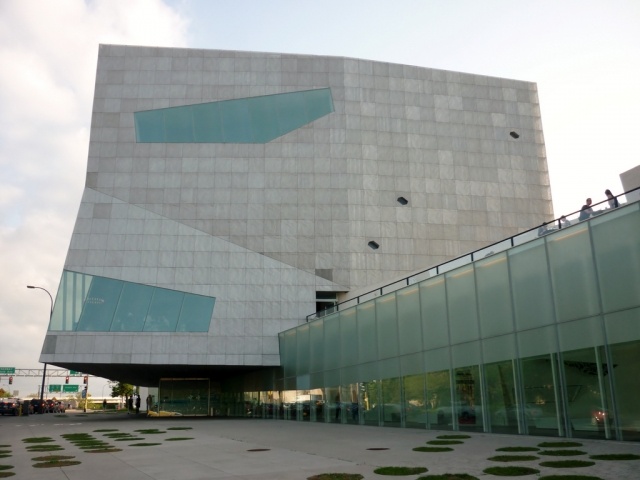
Walker Art Center
Holding Location
More Information
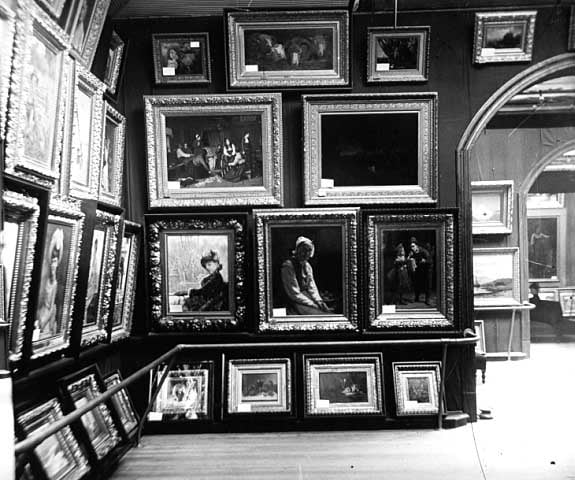
Walker Art Gallery
Holding Location
Articles
More Information
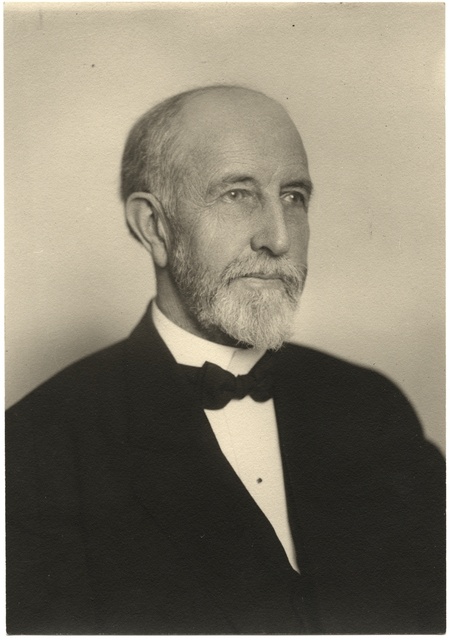
T. B. Walker
Holding Location
More Information
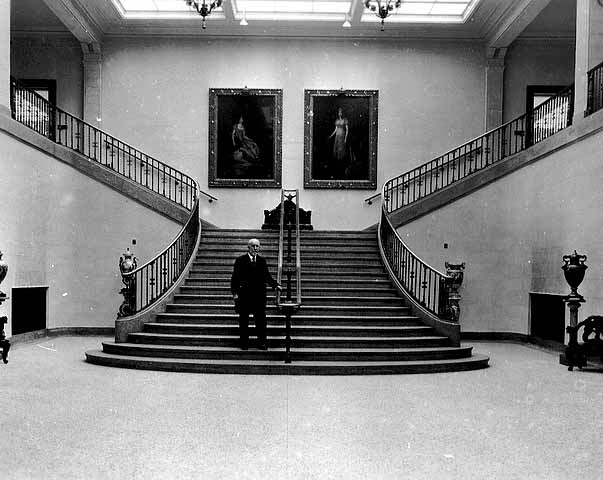
T. B. Walker inside the Walker Art Gallery
Holding Location
Articles
More Information
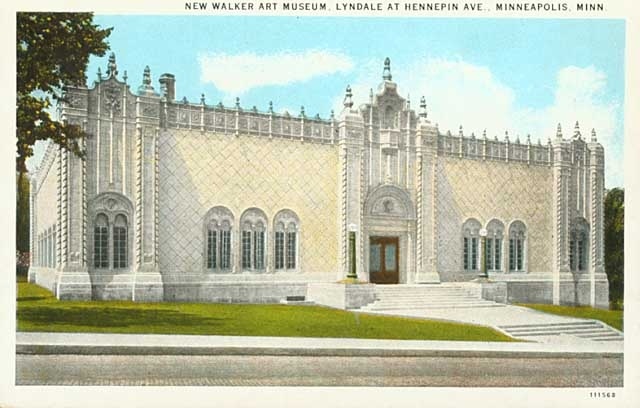
The “new” (1927) Walker Art Museum
Holding Location
Articles
More Information
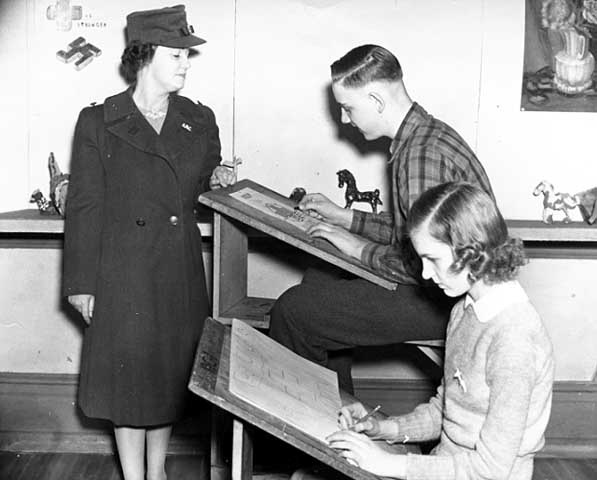
Art class at the Walker Art Center
Holding Location
Articles
More Information
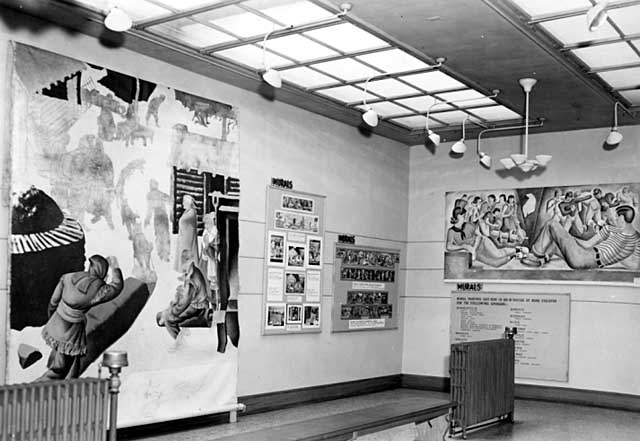
Federal Art Project exhibition at the Walker Art Center
Holding Location
Articles
More Information
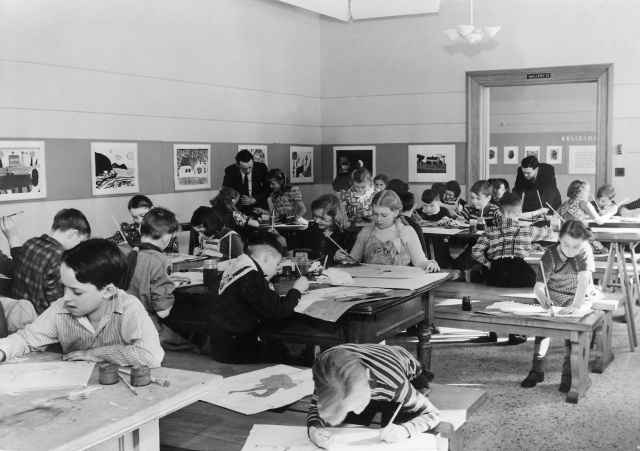
Federal Art Project children’s art class at the Walker Art Center
Holding Location
Articles
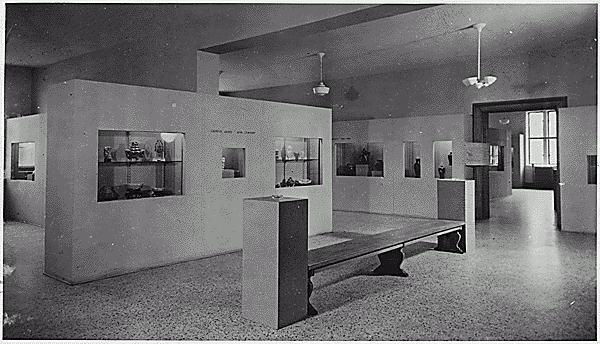
WPA-period Walker Art Center
Holding Location
Articles
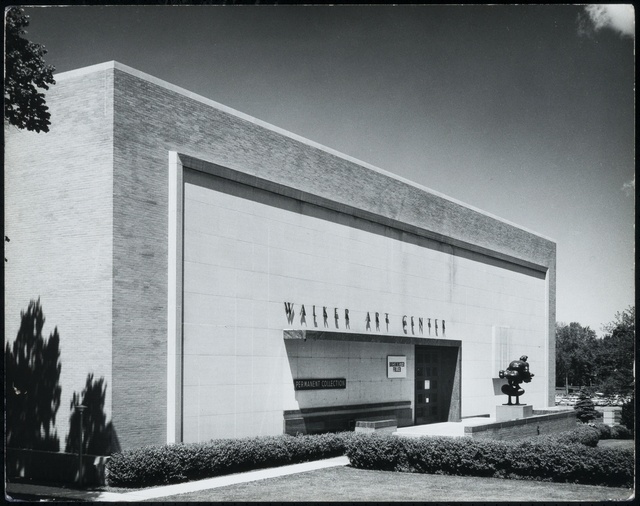
Walker Art Center
Holding Location
Articles
More Information
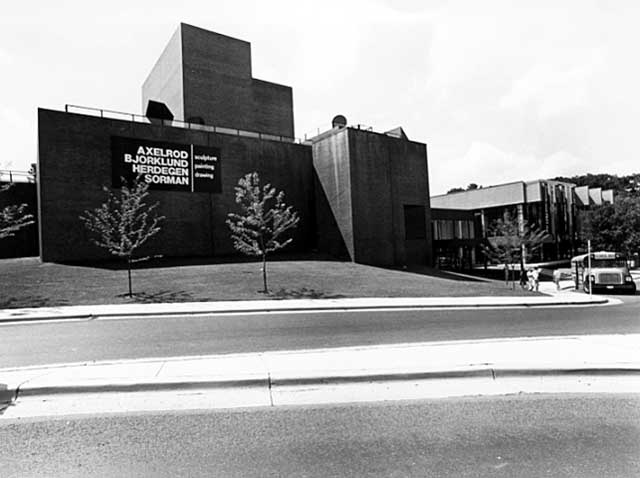
Walker Art Center complex
Holding Location
Articles
More Information
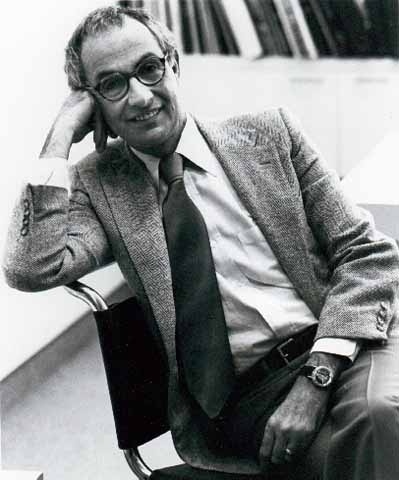
Martin Friedman
Holding Location
Articles
More Information
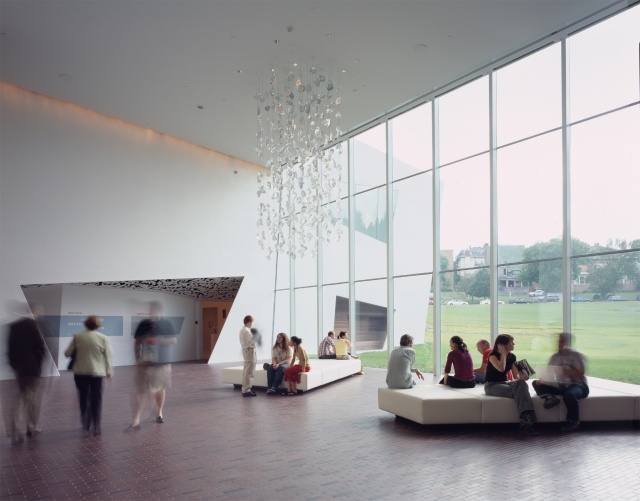
Cargill Lounge at the Walker Art Center
Holding Location
Articles
More Information
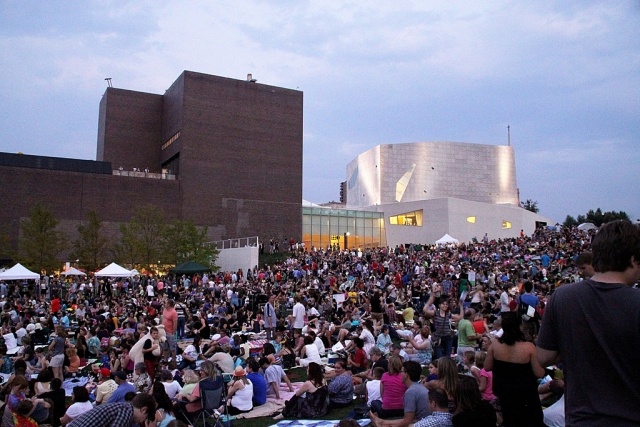
Audience at the International Cat Video Festival
Holding Location
Articles
More Information
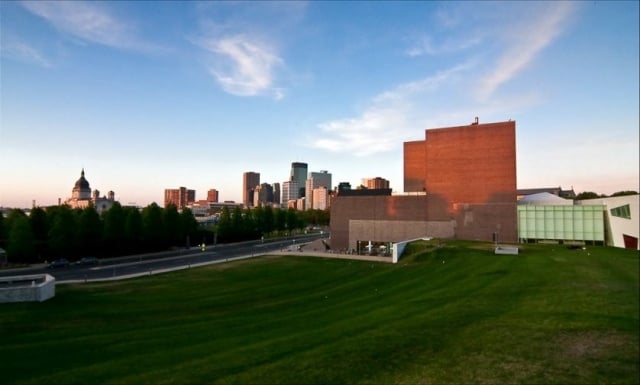
Walker Art Center and Minneapolis skyline
Holding Location
Articles
More Information
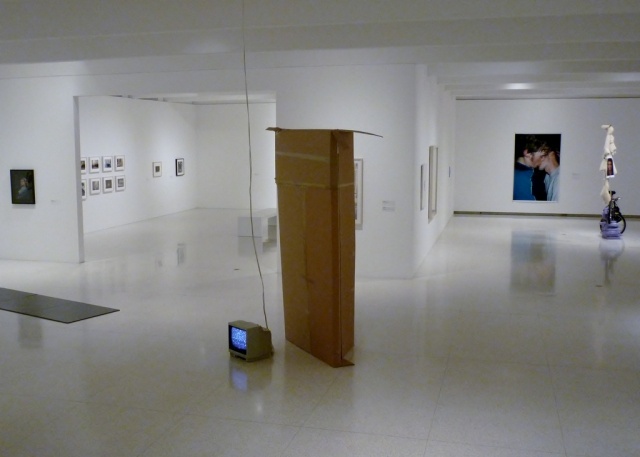
Exhibition gallery at Walker Art Center
Holding Location
Articles
More Information
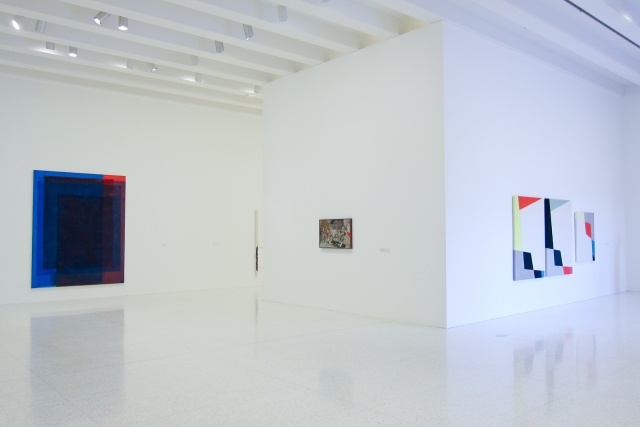
Gallery inside the Walker Art Center
Holding Location
Articles
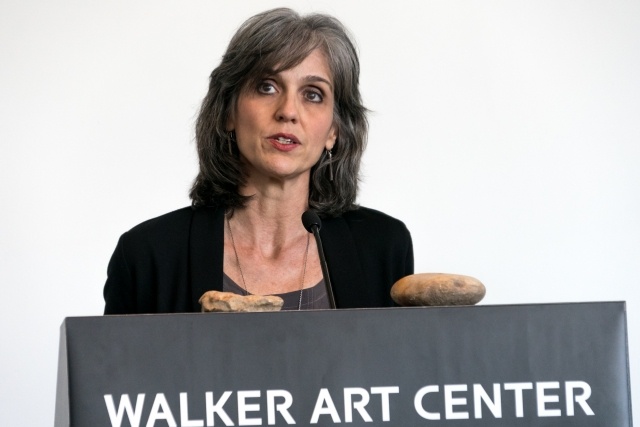
Olga Viso
Holding Location
Articles
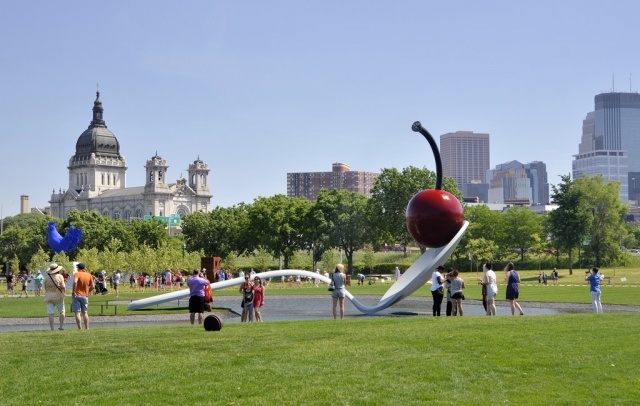
Minneapolis Sculpture Garden
Holding Location
Articles
More Information
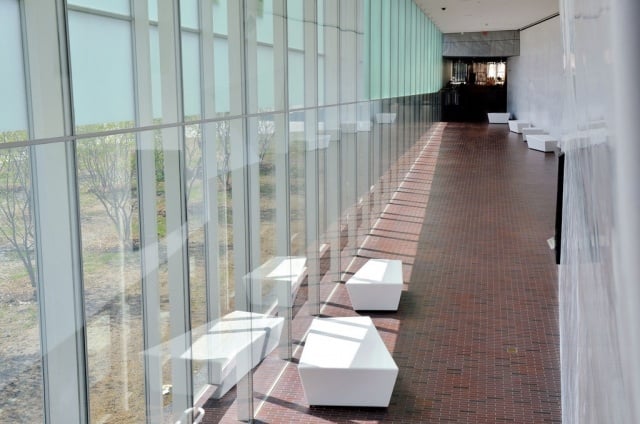
Walker Art Center interior hallway
Holding Location
Articles
More Information
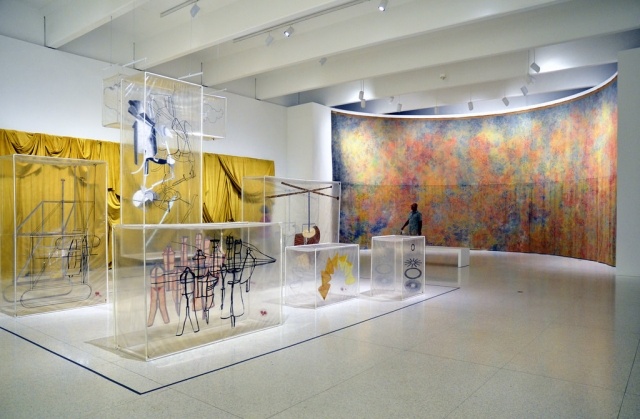
Art installation inside the Walker Art Center
Holding Location
Articles
More Information
Related Articles
Turning Point
Chronology
1879
1916
1927
1939
1946
1951
1961
1970
1971
1973
1988
1991
2005
2008
2017
Bibliography
Carpenter, Elizabeth, and Joan Rothfuss. Bits & Pieces Put Together to Present a Semblance of a Whole: Walker Art Center Collections. Minneapolis: Walker Art Center, 2005.
Eler, Alicia, and Jenna Ross. “‘I Take Full Responsibility,’ Viso says of ‘Scaffold’ Controversy.” Minneapolis Star Tribune, June 5, 2017.
http://www.startribune.com/walker-director-breaks-silence-about-scaffold-controversy-i-take-full-responsibility/426589971/
Espeland, Pamela. “Olga Viso to Leave the Walker.” MinnPost, November 14, 2017.
https://www.minnpost.com/arts-culture/2017/11/olga-viso-leave-walker
Fox, Margalit. “Martin Friedman, Whose Vision Shaped Walker Art Center, Dies at 90.” New York Times, May 13, 2016.
https://www.nytimes.com/2016/05/14/arts/design/martin-friedman-whose-vision-shaped-walker-art-center-dies-at-90.html
“Minneapolis Sculpture Garden.” Minneapolis Park and Recreation Board.
https://www.minneapolisparks.org/parks__destinations/gardens__bird_sanctuaries/minneapolis_sculpture_garden/
“Mission and History.” Walker Art Center.
https://walkerart.org/about/mission-history
Philanthropedia. “Walker Art Center.” GuideStar USA, Inc.
Vuchetich, Jill. “Shall We Take It? The Walker’s Founding Question.” Walker Art Center, October 8, 2014.
https://walkerart.org/magazine/public-art-center-defenbacher
Walker Art Center: A History. Minneapolis: Walker Art Center, 1985.
Walker Art Center: History, Collection, Activities. Minneapolis: Walker Art Center, 1971.
“Walker Art Center Timeline.” Walker Art Center.
https://walkerart.org/about/mission-history
Yardley, William. “Mildred Friedman, 85, Dies; Curator Elevated Design and Architecture.” New York Times, September 9, 2014.
https://www.nytimes.com/2014/09/10/arts/design/mildred-friedman-design-curator-dies-at-85.html
Related Resources
Primary Sources
T. B. Walker and family papers, 1914–1990
Manuscript Collection, Minnesota Historical Society, St. Paul
Description: Correspondence, financial records, and other papers that span several generations of the Walker family.
https://storage.googleapis.com/mnhs-finding-aids-public/library/findaids/00093.html
Secondary Sources
Battaglia, Andy, Sarah Douglas, and Andrew Russeth. “After Announcement that Olga Viso Will Step Down as Walker Director, Museum Professionals Largely Praise Handling of ‘Scaffold’ Controversy.” ArtNews, November 17, 2017. http://www.artnews.com/2017/11/17/announcement-olga-viso-will-step-walker-director-museum-professionals-largely-praise-handling-scaffold-controversy/
Euler, Susan Ray. “Art for a Democracy: The WPA’s Art Education Programs in Minnesota, 1935–1943.” PhD thesis, University of Minnesota, 1990.
Friedman, Martin, and Marc Treib. “Minneapolis Sculpture Garden.” Design Quarterly 141 (1989): 4–57.
Gerfen, Katie. "Walker Art Center Addition and Expansion." Architect, March 30, 2018.
http://www.architectmagazine.com/project-gallery/walker-art-center-addition-and-expansion_o
Ross, Jenna. "What Will Olga Viso's Legacy Be? Her Final Year at the Walker Was Telling." Minneapolis Star Tribune, November 20, 2017.
http://m.startribune.com/what-will-olga-viso-s-legacy-be-her-final-year-at-the-walker-was-telling/458093733/






















